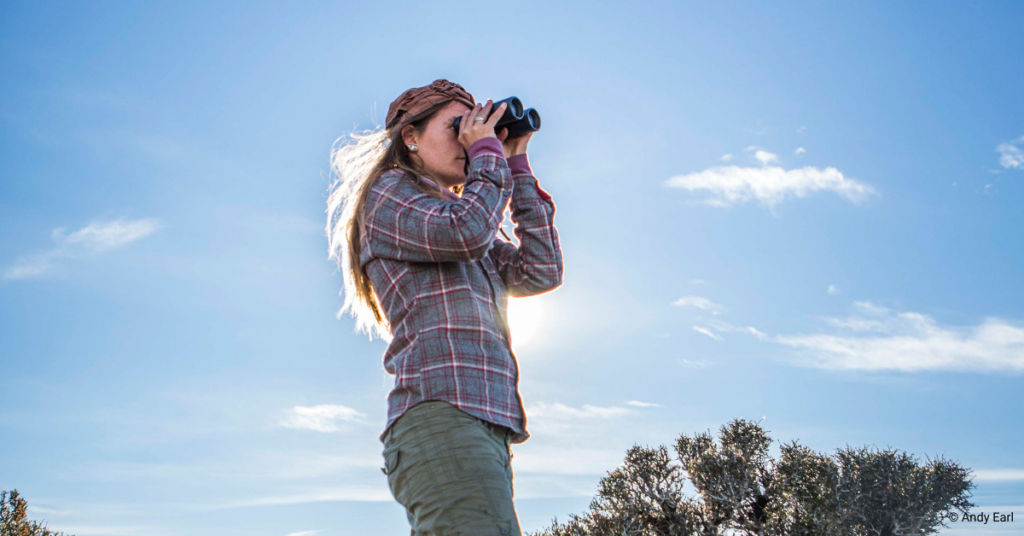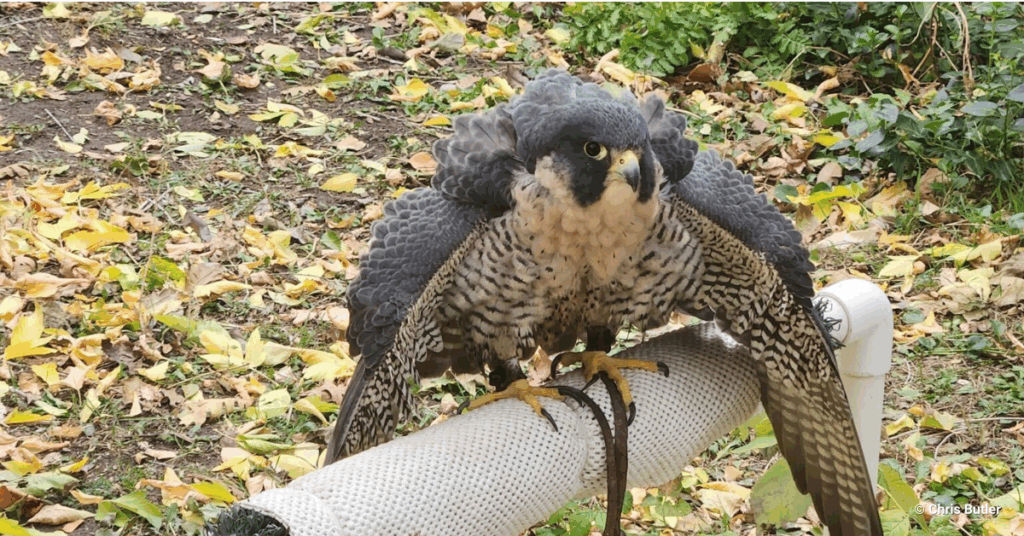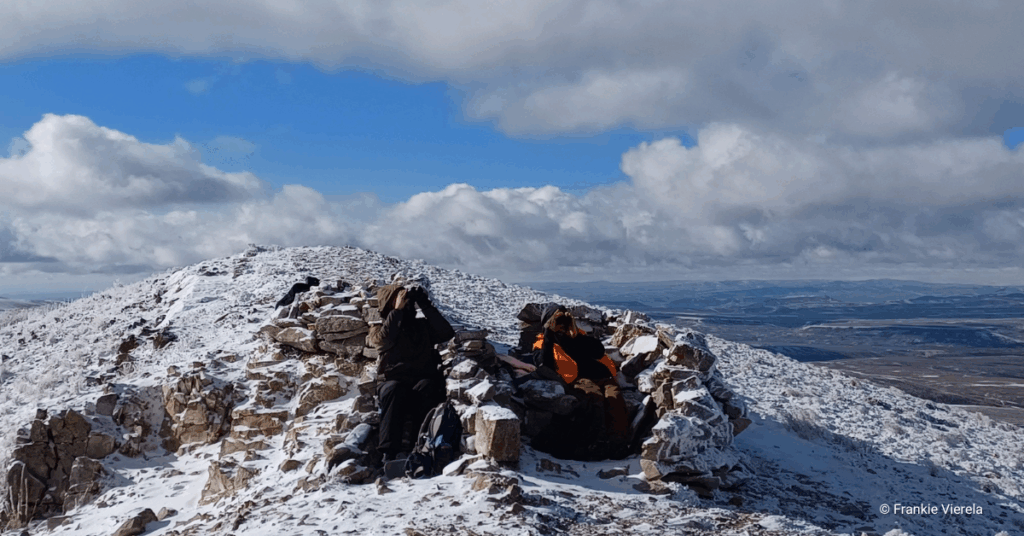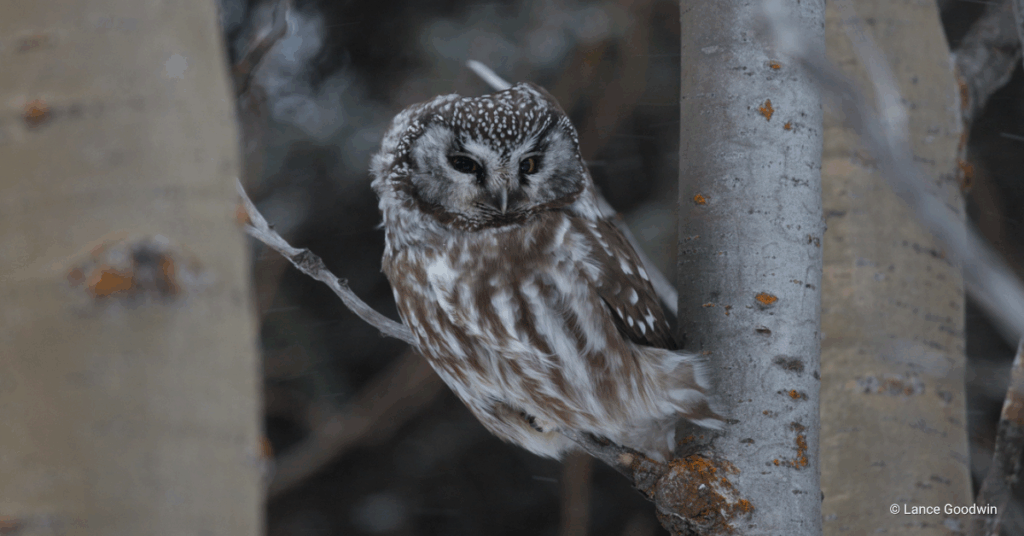Hawkwatching is a captivating activity that brings you closer to nature while providing an opportunity to witness the majesty of raptors in flight. This guide will help you understand what hawkwatching is, explain how to find the best sites, and offer practical tips to enhance your experience. Whether you’re a seasoned birdwatcher or a beginner, this article will help you make the most of your hawkwatching adventures.
What Is Hawkwatching?
Hawkwatching involves observing and counting birds of prey, particularly hawks, as they migrate between breeding and wintering grounds. These birds use thermals—columns of rising warm air—to gain altitude and glide over long distances with minimal effort. The practice of hawkwatching is most popular during fall and spring migration when raptors are on the move and often pass through the same geographic locations each year.
The activity isn’t just about birdwatching; it also contributes to scientific research. Hawkwatchers often submit their sightings to organizations, like the Raptor Population Index, that track raptor populations, helping to monitor the health of these species and the ecosystem they inhabit. HawkWatch International is a member of the Raptor Population Index, sharing data and helping lead the committee that manages this process.
Finding a Hawkwatch Site
The first step in hawkwatching is finding a suitable site. Established hawkwatch sites are usually located along ridges, coastlines, or other geographic features that funnel migrating birds into predictable paths. These locations offer elevated viewpoints where you can spot raptors as they soar above the landscape.
Finding an Existing Hawkwatch Site
To find a hawkwatch site near you, visit the HawkCount website. This resource offers a comprehensive map of hawkwatch sites across North America, providing detailed information about each location, including seasonal data on raptor counts, the best times to visit, and what species you’re likely to see. Many of these sites are staffed by knowledgeable volunteers who can offer tips and insights, making it an invaluable tool for both seasoned hawkwatchers and newcomers.
Identifying a New Hawkwatch Location
If there isn’t an established hawkwatch site near you, don’t worry. You can find your own spot by considering a few key factors:
- Elevation: Look for areas with high elevation, such as hilltops or ridges. Raptors use these vantage points to spot prey and thermals.
- Geography: Consider the geography of your area. Coastal regions, mountain ridges, and river valleys are often natural corridors for migrating birds.
Once you’ve identified a potential site, spend some time observing the area during migration seasons (typically late August through November in fall and March through May in spring). Note how many raptors you see and which species are most common. Keep in mind that favorable weather conditions are crucial for raptor migration, so focus your count on days with clear skies or right before or after a storm. Over time, you may discover a productive new hawkwatching location.
Tips for Successful Hawkwatching
Now that you’ve found your hawkwatching site, it’s time to prepare for a successful outing. Here are some tips to help you make the most of your experience:
Know Your Raptors
Familiarize yourself with the raptors in your region before heading out. A good field guide or birding app can help you identify different species. Common North American raptors you might see on migration include the Red-tailed Hawk, Cooper’s Hawk, Sharp-shinned Hawk, Turkey Vulture, and Bald Eagle. Check out our Raptor ID resources to get started!
Bring the Right Gear
While hawkwatching can sometimes be done with the naked eye, binoculars are essential for spotting and identifying distant birds. A spotting scope can also be helpful, especially at sites where raptors may pass far overhead. If you like to keep a birding list, don’t forget to bring a notebook or a birding app to record your sightings. Most of the time, you’ll also want to bring a chair or something to sit on. Hawkwatching is a long game, so you’ll want a comfortable place to sit.
Dress for the Weather
Hawkwatching often involves spending long hours outdoors, so dressing in layers is crucial. A windbreaker is great for windy ridgetops. Early mornings can be chilly, even in the fall, but temperatures can rise quickly as the day progresses. Stay comfortable, cool, and safe by bringing a hat, sunscreen, sunglasses, and plenty of water.
Be Patient
Hawkwatching requires patience. Raptors may not appear immediately, but they often arrive in waves, especially if weather conditions change. Use your time to scan the skies, enjoy the surrounding nature, and chat with fellow birdwatchers.
Learn From Others
If you’re new to hawkwatching, visit an established site where you can learn from experienced observers. Many hawkwatch sites host events and workshops, offering a great opportunity to improve your skills and knowledge. Every day throughout the fall and spring raptor migration, we station crews at sites across the American West to count and band raptors. If you visit one of the sites in our network, our team will gladly share our hawkwatching tips with you!
Contribute to Community Science
Consider submitting your sightings to organizations such as the Hawk Migration Association of North America (HMANA) or eBird. Your data can contribute to important research on raptor migration and conservation.
Hawkwatching offers a unique way to engage with the natural world while contributing to important scientific research. With the tips and information provided in this guide, you’re ready to start your own hawkwatching journey. Happy birding!
HawkWatch International is a nonprofit organization dedicated to raptor research and conservation. We strive to conserve our environment through education, long-term monitoring, and scientific research on raptors as indicators of ecosystem health. Whether through donations, volunteer opportunities, or simply spreading the word, your involvement can make a difference in preserving our natural world. Support our work today and help protect these incredible birds and ensure that future generations can enjoy the thrill of hawkwatching!




